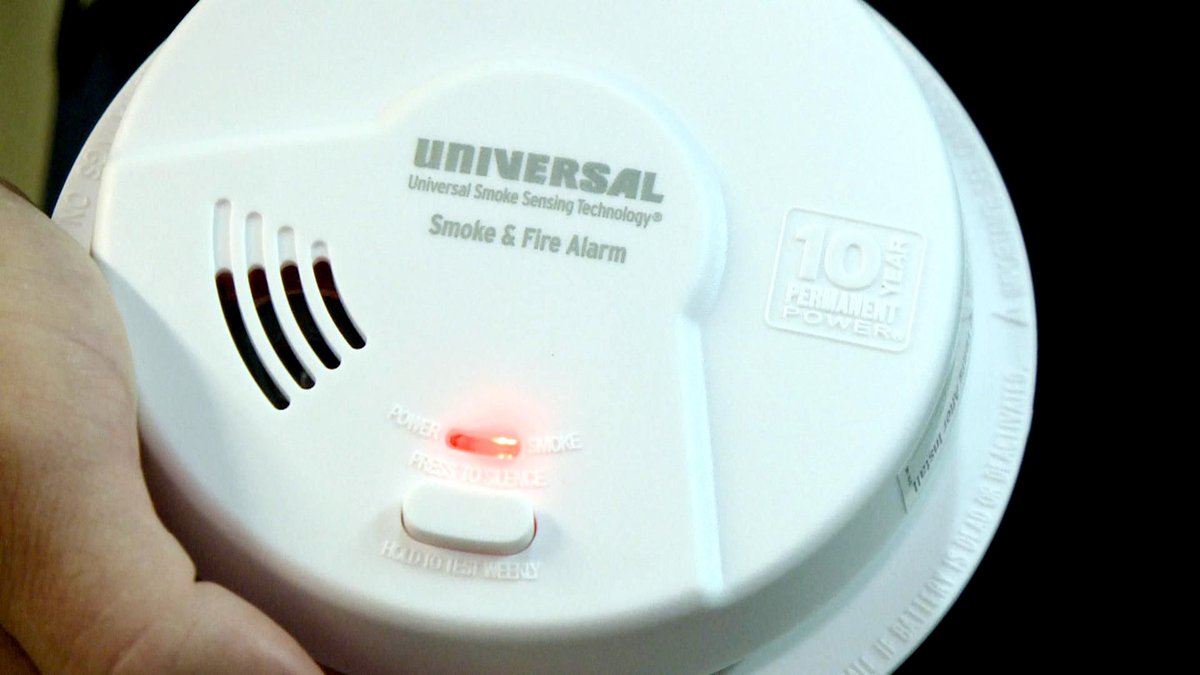

Articles
How To Tell If A Smoke Detector Is Defective
Modified: December 7, 2023
Learn how to identify if your smoke detector is defective. Read our informative articles and find out what signs to look for to ensure your safety.
(Many of the links in this article redirect to a specific reviewed product. Your purchase of these products through affiliate links helps to generate commission for Storables.com, at no extra cost. Learn more)
Introduction
Smoke detectors are essential devices for ensuring the safety of our homes and businesses. They serve as early warning systems, alerting us to the presence of smoke or fire and allowing us to take immediate action. However, like any electronic device, smoke detectors can sometimes be defective or malfunction. It’s important to be able to recognize the signs of a defective smoke detector so that you can take the necessary steps to ensure your safety and the safety of your loved ones.
In this article, we will explore the common signs of smoke detector defects and provide guidance on what to do if you suspect that your smoke detector is defective. By being aware of these signs, you can take proactive measures to address any potential issues and maintain a reliable and effective smoke detection system in your home or place of business.
Key Takeaways:
- Regularly clean, test, and replace outdated smoke detectors to ensure reliable early warning systems for smoke or fire, safeguarding your home and loved ones.
- Address signs of defective smoke detectors promptly by consulting professionals, testing, and considering replacement to maintain optimal safety and protection.
Common Signs of Smoke Detector Defects
1. False Alarms: One of the most frustrating signs of a defective smoke detector is experiencing frequent false alarms. If your smoke detector consistently goes off without any smoke or fire present, it may indicate a malfunction. False alarms can be caused by issues such as dust or insects inside the detector, electrical problems, or outdated sensors.
2. No Response to Test Button: Smoke detectors typically have a test button that allows you to check if they are functioning correctly. Pressing the test button should trigger the alarm to sound. If your smoke detector does not respond when you press the test button, it may be a sign of a defective unit.
3. Beeping or Chirping Sounds: Smoke detectors often emit beeping or chirping sounds when they have low battery power. However, if your smoke detector continues to beep or chirp even after replacing the batteries, it could indicate a defect. This could be due to a malfunction in the battery compartment or internal circuitry.
4. Inconsistent or Delayed Alarm Activation: A properly functioning smoke detector should activate the alarm immediately upon detecting smoke or fire. If your smoke detector has a delayed response or does not consistently activate the alarm, it may be a sign of a defect. This delay in alarm activation could significantly impact your safety during an emergency.
5. Malfunctioning LED Lights: Many smoke detectors have LED lights that indicate their status, such as power, battery, or alarm. If you notice that the LED lights on your smoke detector are not functioning correctly or are displaying unusual patterns, it could be an indication of a defect in the internal circuitry.
6. Discoloration or Physical Damage: Visual inspection of your smoke detector is crucial to identify any signs of physical damage or discoloration. If you notice any cracks, dents, or discoloration on the smoke detector’s body or cover, it may indicate that the device has been compromised and is no longer reliable.
7. Outdated Smoke Detectors: Smoke detectors have a limited lifespan, typically around 10 years. If your smoke detector is older than the recommended lifespan, it is more likely to have defects or outdated components. It’s important to replace outdated smoke detectors to ensure the safety of your property and occupants.
If you notice any of these signs or suspect that your smoke detector is defective, it is crucial to take immediate action to address the issue. A defective smoke detector can compromise your safety and leave you vulnerable in the event of a fire. In the next section, we will discuss what steps to take if you suspect a defective smoke detector.
False Alarms
False alarms from smoke detectors can be incredibly frustrating and disruptive. Not only do they disrupt your daily activities, but they can also cause unnecessary panic and anxiety. It’s essential to understand the common causes of false alarms and how to address the issue.
One of the main reasons for false alarms is the buildup of dust and debris within the smoke detector. Over time, these particles can accumulate on the internal sensors, causing them to trigger the alarm even when there is no actual smoke or fire present. Regularly cleaning your smoke detector can help prevent false alarms caused by dust buildup.
Another possible cause of false alarms is insects or pests finding their way into the smoke detector. Insects, such as spiders, are attracted to the warm and dark environment inside the device. They can obstruct the sensors or even trigger the alarm unintentionally. Keeping your smoke detector clean and free of pests can minimize the occurrence of false alarms.
Electrical issues can also lead to false alarms. Faulty wiring or power fluctuations can cause the smoke detector to malfunction and trigger false alarms. If you experience frequent false alarms and suspect an electrical issue, it is crucial to have a qualified electrician inspect the wiring and connections to ensure they are in proper working order.
Lastly, outdated smoke detectors can also be more prone to false alarms. As technology advances, newer models of smoke detectors are designed to be more sensitive and accurate in detecting smoke or fire. If your smoke detector is several years old, it may be worth considering upgrading to a newer model to minimize false alarms and improve overall performance.
If you experience false alarms from your smoke detector, start by checking for any visible dust or debris on the detector’s surface. Gently clean the device using a soft brush or vacuum cleaner to remove any accumulated particles. Be careful not to damage any internal components while cleaning.
Inspect the area around the smoke detector for signs of insects or pests. If you find any, carefully remove them and ensure there are no nests or webs obstructing the sensors. Taking preventive measures like sealing cracks and holes in walls can help prevent pests from entering the detector in the future.
If false alarms persist even after cleaning and checking for pests, consider consulting a professional. They can conduct a thorough inspection of the smoke detector, including the internal components and electrical connections, to identify any defects or issues that may be causing the false alarms.
By addressing the underlying causes of false alarms, you can improve the reliability and effectiveness of your smoke detector. It is crucial to ensure that your detector is in proper working order to provide accurate and timely warning in the event of a real fire.
No Response to Test Button
One of the simplest ways to test if your smoke detector is functioning properly is by using the test button. Pressing this button should trigger the alarm to sound, indicating that the smoke detector is functioning and capable of detecting smoke or fire. However, if you press the test button and there is no response, it could be a sign of a defective smoke detector.
Several factors could contribute to a smoke detector not responding to the test button. The most common reason is a dead or weak battery. Smoke detectors are typically powered by batteries, and if the battery is depleted or low on power, the device may not be able to respond to the test button. In this case, replacing the battery with a fresh one should resolve the issue.
However, if you have replaced the battery and the smoke detector still does not respond to the test button, it may indicate a more significant problem. There could be a malfunction in the internal circuitry or a faulty connection within the smoke detector. In such cases, it is recommended to consult a professional or contact the manufacturer for further assistance.
Before taking any action, ensure that you have properly installed the fresh battery in the smoke detector. Make sure it is inserted correctly, and the battery compartment is securely closed. Sometimes, an improperly inserted or loose battery can prevent the smoke detector from responding to the test button.
If you have confirmed that the battery is correctly installed and the smoke detector still does not respond to the test button, try cleaning the device. Dust and debris can accumulate over time and interfere with the internal components, including the test button. Gently clean the surface of the smoke detector using a soft brush or a vacuum cleaner to remove any buildup.
If these troubleshooting steps do not resolve the issue, it is recommended to contact a professional. A qualified technician will have the expertise to diagnose the problem and determine if the smoke detector needs repair or replacement.
Remember, a smoke detector that does not respond to the test button may not be reliable in detecting smoke or fire during an actual emergency. It is crucial to address this issue promptly to ensure the safety of your home or workplace.
Regular testing and maintenance of your smoke detectors are essential for keeping them in proper working order. In addition to using the test button, make it a habit to test your smoke detectors at least once a month by lighting a match or using canned smoke near the device (be sure to follow all safety precautions).
By promptly addressing any issues with the test button, you can ensure that your smoke detector is functioning as intended and providing you with the reliable early warning system it was designed for.
Beeping or Chirping Sounds
If you hear beeping or chirping sounds coming from your smoke detector, it’s important to pay attention as it could be an indication of a problem. While occasional beeping or chirping is normal when the battery is low, persistent or frequent sounds even after replacing the battery could be a sign of a defective smoke detector.
When a smoke detector’s battery is low, it emits a beeping or chirping sound to alert you that the battery needs to be replaced. This is a helpful feature that ensures your smoke detector is always powered and ready to detect any potential smoke or fire. However, if you have replaced the battery and the beeping or chirping continues, it’s time to investigate further.
One possible cause of continuous beeping or chirping sounds is a faulty battery. Even though you replaced the battery, it’s possible that the new battery is also weak or defective. Try using a different battery from a reliable source to see if that resolves the issue. If the beeping or chirping stops with the new battery, it indicates that the previous battery was indeed faulty.
However, if the beeping or chirping persists even with a new battery, it may indicate a more significant issue with the smoke detector itself. There could be a problem with the internal circuitry or sensors, causing the device to malfunction and emit the sounds. In such cases, it is advisable to consult a professional or contact the manufacturer for guidance on troubleshooting or replacing the smoke detector.
Another possible cause of persistent beeping or chirping sounds is that the smoke detector needs to be cleaned. Over time, dust, debris, or even insects can accumulate inside the smoke detector, obstructing the sensors and triggering the constant sounds. Carefully clean the smoke detector by gently vacuuming or using a soft brush to remove any visible dirt or debris. Ensure that you follow proper safety precautions and guidelines provided by the manufacturer during the cleaning process.
If cleaning the smoke detector doesn’t resolve the issue, check for any visible signs of damage. Physical damage, such as cracks or loose wiring, could also cause the smoke detector to emit beeping or chirping sounds. If you notice any damage or if the smoke detector has been subjected to extreme conditions, it may be necessary to replace the device.
Ignoring persistent beeping or chirping sounds from your smoke detector is not advisable as it could indicate a defect or malfunction. A defective smoke detector may not function properly when detecting smoke or fire, putting your safety at risk. It’s crucial to address the issue promptly by troubleshooting or replacing the device as needed.
Remember to test your smoke detector regularly to ensure it is functioning correctly. Replace the battery at least once a year or as recommended by the manufacturer, even if you haven’t heard any beeping or chirping sounds. Proactive maintenance and attention to these issues will help to keep your smoke detector in optimal working condition, providing reliable protection for you and your loved ones.
Read more: How To Smoke In A Room With A Smoke Detector
Inconsistent or Delayed Alarm Activation
A smoke detector’s primary function is to detect smoke or fire and alert you with a loud alarm, allowing you to take immediate action. However, if your smoke detector demonstrates inconsistent or delayed alarm activation, it could be an indication of a defect that needs attention.
A properly functioning smoke detector should activate the alarm immediately upon detecting smoke or fire in the surrounding area. If you notice that your smoke detector’s alarm activation is inconsistent or delayed, it is crucial to investigate the issue further.
One possible cause of inconsistent or delayed alarm activation is a buildup of dust, dirt, or other obstructions within the smoke detector. These particles can obstruct the sensors, preventing them from accurately detecting smoke or fire. Regular cleaning of the smoke detector, as recommended by the manufacturer, can help prevent these obstructions and ensure proper alarm activation.
Another potential cause of delayed alarm activation is a weak or dead battery. If the battery power is low, it may affect the smoke detector’s ability to function optimally and respond quickly. Therefore, it is important to replace the battery regularly, following the manufacturer’s instructions, to maintain optimal performance and timely alarm activation.
In some instances, inconsistent or delayed alarm activation may indicate a more significant problem with the smoke detector itself. Internal circuitry malfunctions or sensor failures can affect the device’s ability to detect smoke or fire accurately. If you have already ensured that the smoke detector is clean and the battery is fresh, yet the alarm activation remains inconsistent or delayed, it is advisable to consult a professional or contact the manufacturer for further assistance.
Moreover, testing your smoke detector regularly is crucial in identifying inconsistent or delayed alarm activation. Use the test button on the smoke detector to simulate a smoke or fire emergency and observe how quickly the alarm activates. If you notice any delays or inconsistencies during the testing process, it indicates a potential defect that needs to be addressed.
When dealing with inconsistent or delayed alarm activation, it is essential to take prompt action to ensure your safety. Start by cleaning the smoke detector thoroughly, following the manufacturer’s guidelines, to remove any obstructions that may affect its performance. Replace the battery if it is low or old, even if it seems to be functioning. If the issue persists, considering replacing the smoke detector with a new one to ensure reliable and timely alarm activation.
Remember, a smoke detector that does not consistently or promptly activate the alarm may not provide adequate early warning in the event of a fire. Regular maintenance, cleaning, and testing are key to ensuring your smoke detector is responsive and reliable, providing you with the peace of mind and protection you need.
Test your smoke detector regularly by pressing the test button. If it doesn’t sound, replace the batteries. If it still doesn’t work, replace the detector.
Malfunctioning LED Lights
Smoke detectors often come equipped with LED lights that serve various functions, such as indicating power status, battery life, or alarm activation. If you notice that the LED lights on your smoke detector are not functioning correctly, it could be a sign of a defect or malfunction within the device.
LED lights on a smoke detector can provide valuable information about the detector’s status. For example, a steady green light typically indicates the detector is receiving power and functioning correctly. A blinking or flashing green light might indicate an issue with the power source or potentially a low battery. On the other hand, a red light can indicate an alarm activation or a fault with the smoke detector.
If you notice that the LED lights on your smoke detector are not illuminating at all or displaying unusual patterns, it’s essential to take action to address the issue.
First, ensure that the smoke detector has a power source. If your smoke detector is battery-powered, check that the battery is properly inserted and in good condition. If the smoke detector is hard-wired, ensure that it is receiving power and that the electrical connection is secure. A lack of power can cause the LED lights to malfunction.
If the power source is not the issue, try cleaning the smoke detector. Dust or debris build-up over time can obstruct the LED lights, causing them to malfunction. Use a soft brush or a vacuum cleaner to gently remove any visible dirt or debris from the smoke detector. However, be cautious not to damage any internal components during the cleaning process.
If cleaning the smoke detector does not resolve the issue, it is advisable to consult a professional or contact the manufacturer for further guidance. Malfunctioning LED lights can be an indication of a defect or internal circuitry malfunction within the smoke detector. In such cases, it may be necessary to repair or replace the smoke detector to ensure it functions properly.
Testing your smoke detector regularly is also important in identifying malfunctioning LED lights. Use the test button on the smoke detector to check if the alarm activates correctly, and observe the LED lights during the process. If the LED lights do not respond or display unusual patterns during the test, it indicates a potential defect that requires attention.
Remember that the LED lights on a smoke detector provide vital information about its status and can help ensure the device is functioning correctly. Regular maintenance, including cleaning, checking the power source, and testing, will help keep your smoke detector in optimal condition and provide you with reliable warning in case of smoke or fire.
Discoloration or Physical Damage
Regular inspection of your smoke detector is crucial to ensure its reliability and effectiveness. One of the signs to watch out for is discoloration or physical damage on the smoke detector. These visual cues can indicate a defect or compromise in the device’s functionality and should not be ignored.
Discoloration on the smoke detector’s body or cover can be a result of exposure to heat or smoke. Over time, this exposure can lead to damage or deterioration of the internal components, affecting the detector’s ability to detect smoke or fire accurately. If you notice discoloration on your smoke detector, it is essential to take it seriously and evaluate the extent of the damage.
Physical damage, such as cracks or dents, can also compromise the effectiveness of a smoke detector. These damages can impact the device’s structural integrity or obstruct the sensors, potentially preventing it from functioning correctly. It’s crucial to inspect your smoke detector regularly for any visible signs of physical damage and address them promptly.
In some cases, discoloration may not necessarily indicate a defect, but rather an aging smoke detector. Over time, exposure to dust, sunlight, and environmental factors can cause wear and tear on the device, resulting in discoloration. However, it’s essential to note that an aging smoke detector may not provide reliable performance and should be replaced according to the manufacturer’s recommended lifespan, typically around 10 years.
If you notice discoloration or physical damage on your smoke detector, it’s recommended to consult a professional or contact the manufacturer for guidance. They can assess the extent of the damage and provide recommendations on repairs or replacement.
Regular cleaning of the smoke detector can help prevent discoloration and remove any accumulated dust or debris. Follow the manufacturer’s guidelines for proper cleaning techniques to avoid causing further damage to the device.
Remember, the physical appearance of your smoke detector can be an indicator of its functionality. Any discoloration or physical damage should not be overlooked, as it can compromise the device’s ability to accurately detect smoke or fire. Regular inspection, maintenance, and timely replacement will ensure that your smoke detector remains a reliable early warning system for your home or workplace.
Outdated Smoke Detectors
Smoke detectors play a vital role in keeping our homes and businesses safe by detecting the presence of smoke or fire and providing early warning. However, like any technology, smoke detectors have a lifespan and can become outdated over time. It’s important to be aware of the age of your smoke detectors as outdated models may be less effective in detecting smoke and fire accurately.
Smoke detectors typically have a recommended lifespan of around 10 years. After this time, the internal components and sensors may become less reliable, reducing the device’s effectiveness. Outdated smoke detectors are more prone to false alarms, delayed responses, or even complete failure to detect smoke or fire.
If your smoke detectors are older than the recommended lifespan, it’s crucial to consider replacing them. Upgrading to newer models ensures that you have the latest technology and features that enhance the detection capabilities and overall performance of the devices. Newer models of smoke detectors often come with improved sensors, enhanced functionality, and advanced features such as interconnected systems or wireless connectivity.
Replacing outdated smoke detectors not only ensures your safety but also gives you peace of mind knowing that you have reliable and up-to-date devices in place. Keep in mind that it’s necessary to replace all smoke detectors throughout your home or building simultaneously to maintain consistency and maximize safety.
When replacing your smoke detectors, opt for models that comply with current safety standards and regulations. Look for smoke detectors that carry the UL (Underwriters Laboratories) mark or other relevant certifications, indicating that they meet safety standards and have undergone rigorous testing.
It’s also important to regularly test and maintain your smoke detectors, regardless of their age. Follow the manufacturer’s instructions for testing procedures and frequency to ensure they are functioning correctly. Promptly replace batteries as needed, generally once a year or whenever the low-battery indicator sounds.
Regularly inspect the physical condition of your smoke detectors as well. Look for any signs of physical damage, such as cracks, dents, or loose wiring. If you notice any damage, replace the smoke detector immediately, regardless of its age.
Overall, being proactive about replacing outdated smoke detectors is a crucial aspect of maintaining a safe environment. By staying current with technology and adhering to safety standards, you can ensure that your smoke detectors provide reliable detection of smoke and fire, offering you and your loved ones the utmost protection and peace of mind.
Read more: How To Remove A Smoke Detector
What to Do If You Suspect a Defective Smoke Detector
If you suspect that your smoke detector is defective, it’s essential to take immediate action to address the issue. A defective smoke detector can compromise your safety and the safety of your loved ones in the event of a fire. Here are the steps you should take if you suspect a defective smoke detector:
1. Assess the signs: Start by identifying the signs of a defective smoke detector. Look for common indicators such as false alarms, no response to the test button, beeping or chirping sounds even after battery replacement, inconsistent or delayed alarm activation, malfunctioning LED lights, discoloration, or physical damage.
2. Clean the smoke detector: If dust or debris is visible on the smoke detector’s surface, gently clean it using a soft brush or a vacuum cleaner. Ensure that you follow the manufacturer’s guidelines during the cleaning process to prevent damage to the internal components. Cleaning can sometimes resolve minor issues and restore the proper functioning of the detector.
3. Replace the batteries: If you suspect a low battery is causing the issue, replace the batteries with fresh ones. Even if the battery seems sufficient, it’s still a good practice to replace it annually or as per the manufacturer’s recommendations. Make sure you use the correct type and size of batteries specified by the manufacturer.
4. Test the smoke detector: Use the test button on the smoke detector to simulate a smoke or fire emergency and observe if the alarm activates promptly and audibly. Check if the LED lights respond as expected. This test will help you assess the functionality of the smoke detector and detect any inconsistencies or delays in alarm activation.
5. Consult a professional: If the smoke detector continues to exhibit issues after cleaning and battery replacement, it is advisable to consult a professional or contact the manufacturer for further assistance. They can provide specialized guidance on troubleshooting the problem or determine if the smoke detector needs repair or replacement.
6. Consider replacement: If the smoke detector is outdated, damaged, or beyond repair, it’s important to replace it promptly. Outdated models may not provide the same level of reliability and accuracy in detecting smoke or fire. Look for smoke detectors that meet safety standards and comply with regulations, and consider upgrading to newer models with advanced features for improved safety.
7. Install multiple smoke detectors: To ensure comprehensive coverage and improve safety, install smoke detectors in multiple areas of your home or business. Ideally, place a smoke detector on every level of your residence, including bedrooms and common areas. Interconnected smoke detectors are particularly beneficial as they trigger all alarms in the network when one detects smoke or fire.
Remember, early detection of smoke or fire is crucial for your safety. Regularly test your smoke detectors, keep them clean and well-maintained, and promptly address any signs of defects or malfunctions. By taking these steps, you can have peace of mind knowing that your smoke detectors are reliable and providing optimal protection for you and your loved ones.
Conclusion
Smoke detectors are critical devices for ensuring the safety of our homes and businesses. However, like any electronic device, smoke detectors can sometimes be defective or malfunction. It is important to be able to recognize the signs of a defective smoke detector so that you can take the necessary steps to ensure your safety and the safety of your loved ones.
In this article, we have explored common signs of smoke detector defects, including false alarms, no response to the test button, beeping or chirping sounds, inconsistent or delayed alarm activation, malfunctioning LED lights, discoloration, and physical damage. By identifying these signs, you can take proactive measures to address any potential issues and maintain a reliable and effective smoke detection system in your home or place of business.
If you suspect a defective smoke detector, it is advisable to clean the device, replace the batteries, and test the smoke detector to rule out any minor issues. However, if the problems persist, it is crucial to consult a professional or contact the manufacturer for further assistance. They can provide specialized guidance on troubleshooting or determine if the smoke detector needs repair or replacement.
Additionally, it is important to stay vigilant and replace outdated smoke detectors. Smoke detectors have a lifespan of approximately 10 years, and outdated models may not provide the same level of reliability or accuracy in detecting smoke or fire. Upgrading to newer models ensures that you have the latest technology and features to enhance the detection capabilities and overall performance of your smoke detectors.
Regular maintenance and testing are key to ensuring the proper functioning of your smoke detectors. Clean the devices regularly to remove dust and debris, replace batteries as recommended, and test your smoke detectors according to the manufacturer’s instructions. By doing so, you can have peace of mind knowing that your smoke detectors are responsive and providing you with the timely warning needed in the event of a fire.
Your safety should always be a top priority, and addressing any issues or defects with your smoke detectors is crucial for maintaining a safe environment. By understanding the signs of defective smoke detectors and taking appropriate actions, you can ensure optimal protection for you, your family, and your property.
Frequently Asked Questions about How To Tell If A Smoke Detector Is Defective
Was this page helpful?
At Storables.com, we guarantee accurate and reliable information. Our content, validated by Expert Board Contributors, is crafted following stringent Editorial Policies. We're committed to providing you with well-researched, expert-backed insights for all your informational needs.
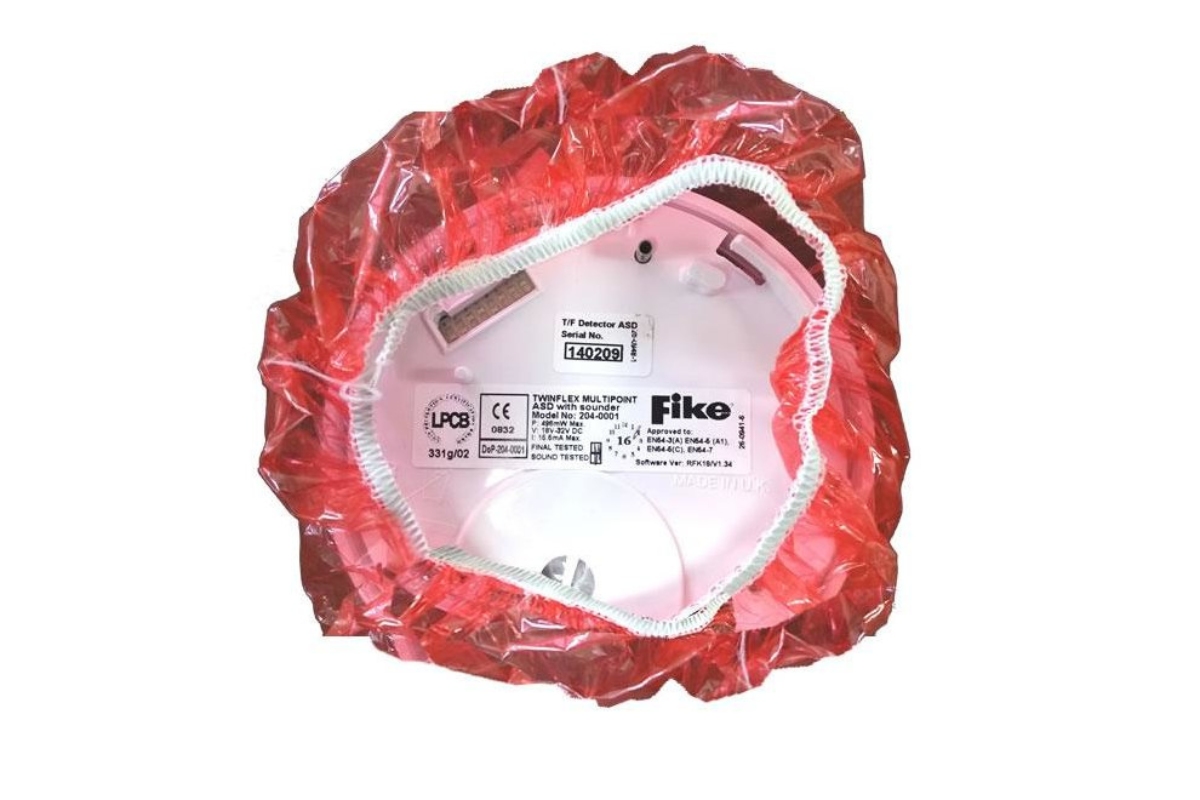
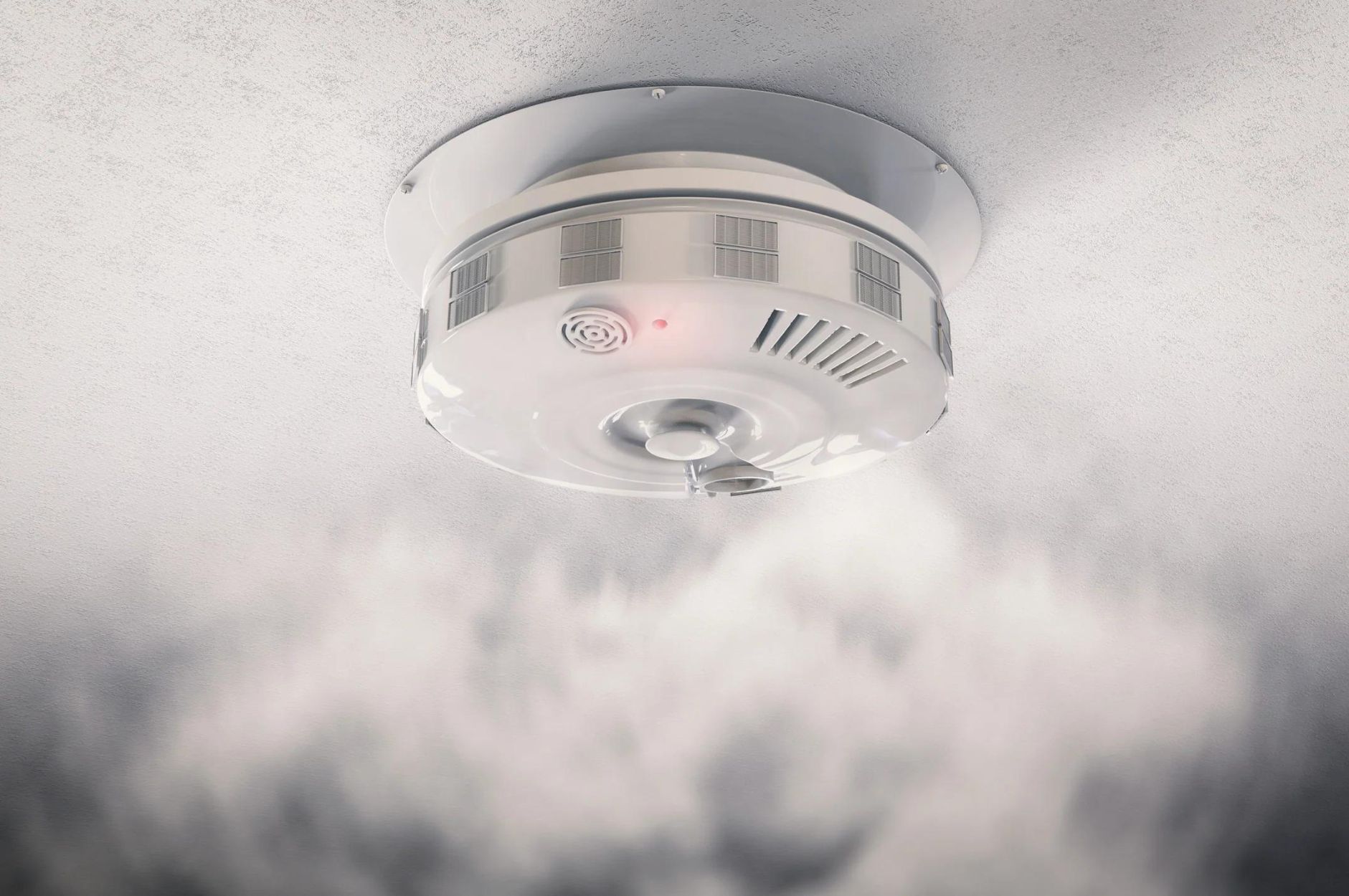
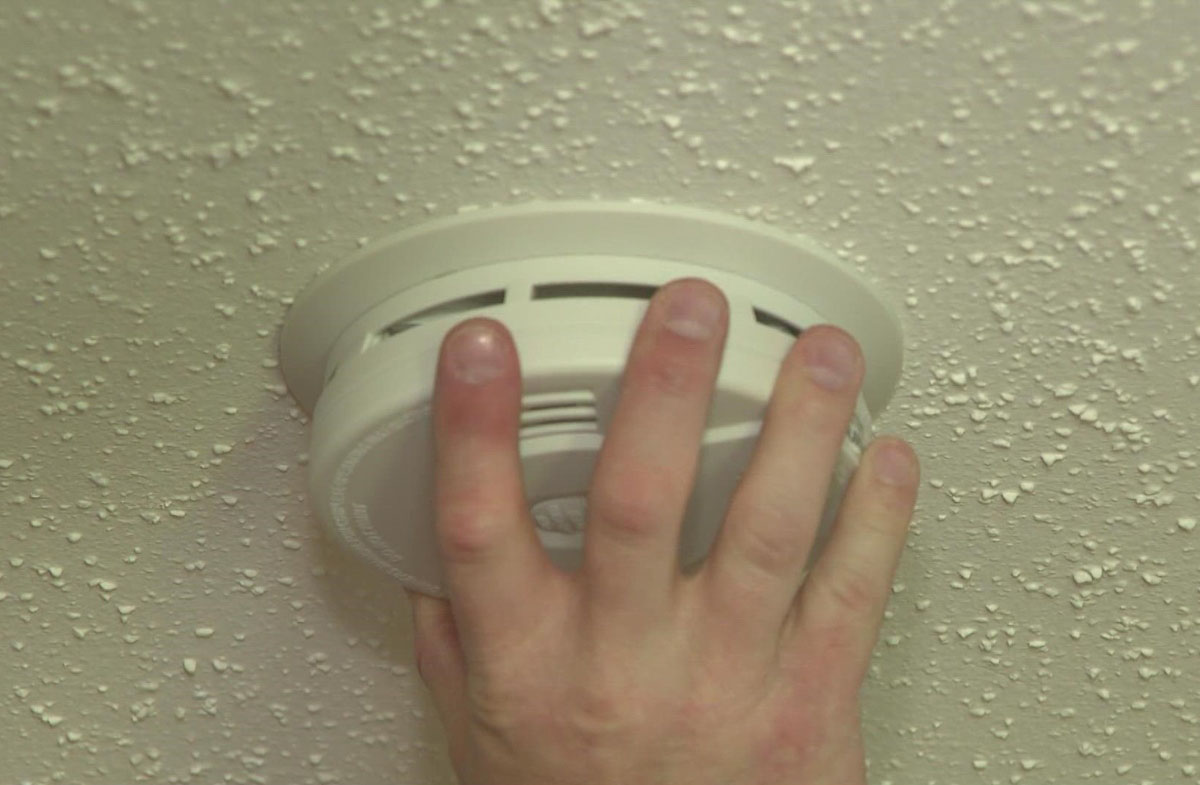
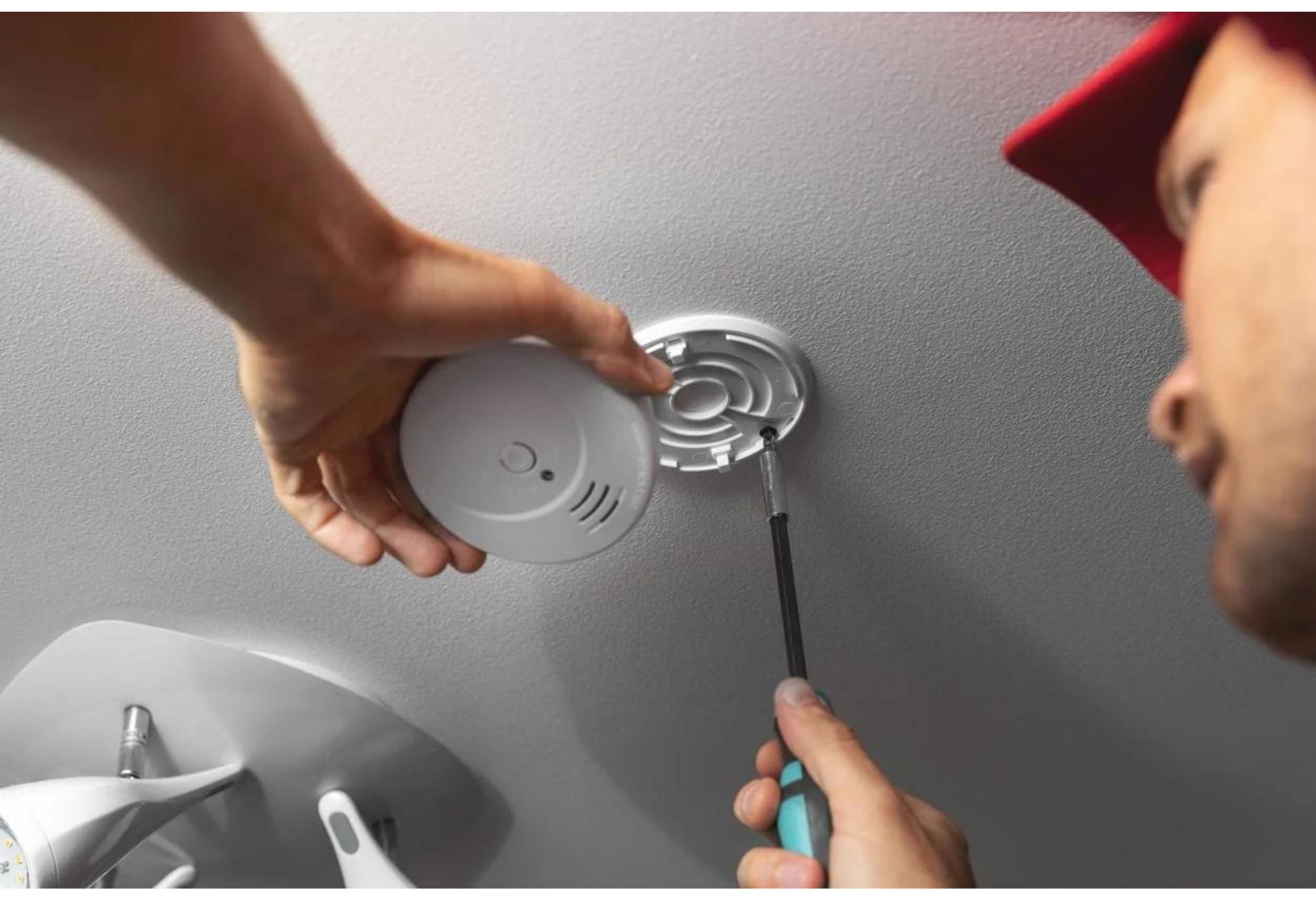
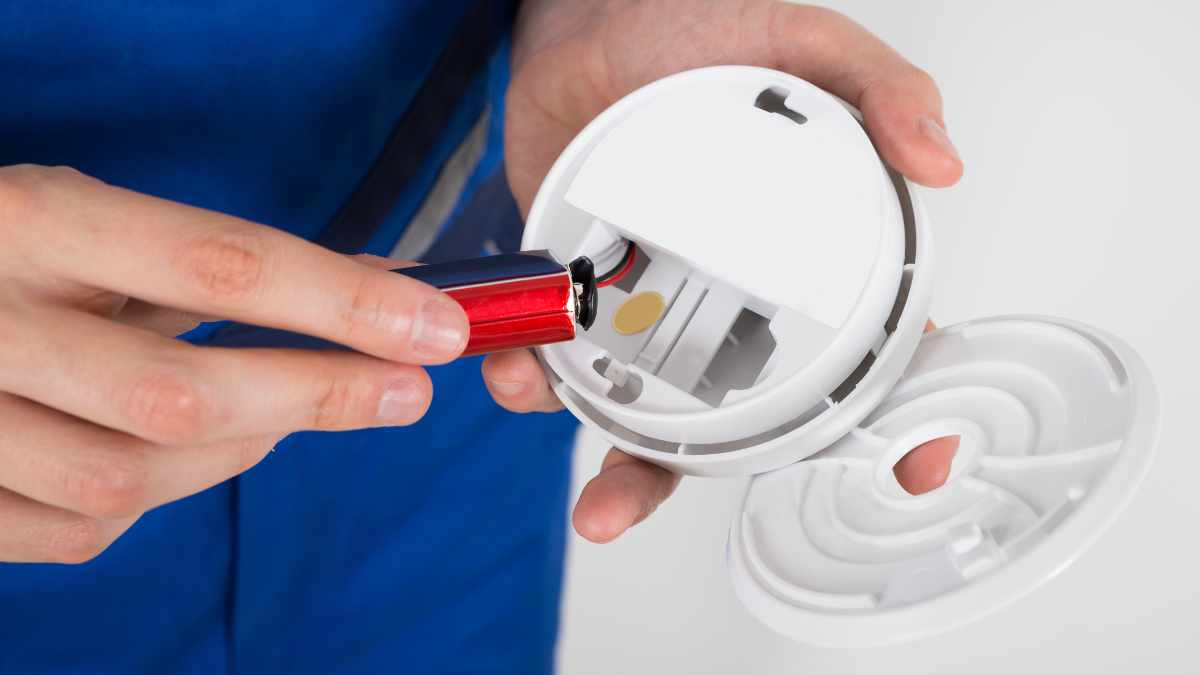
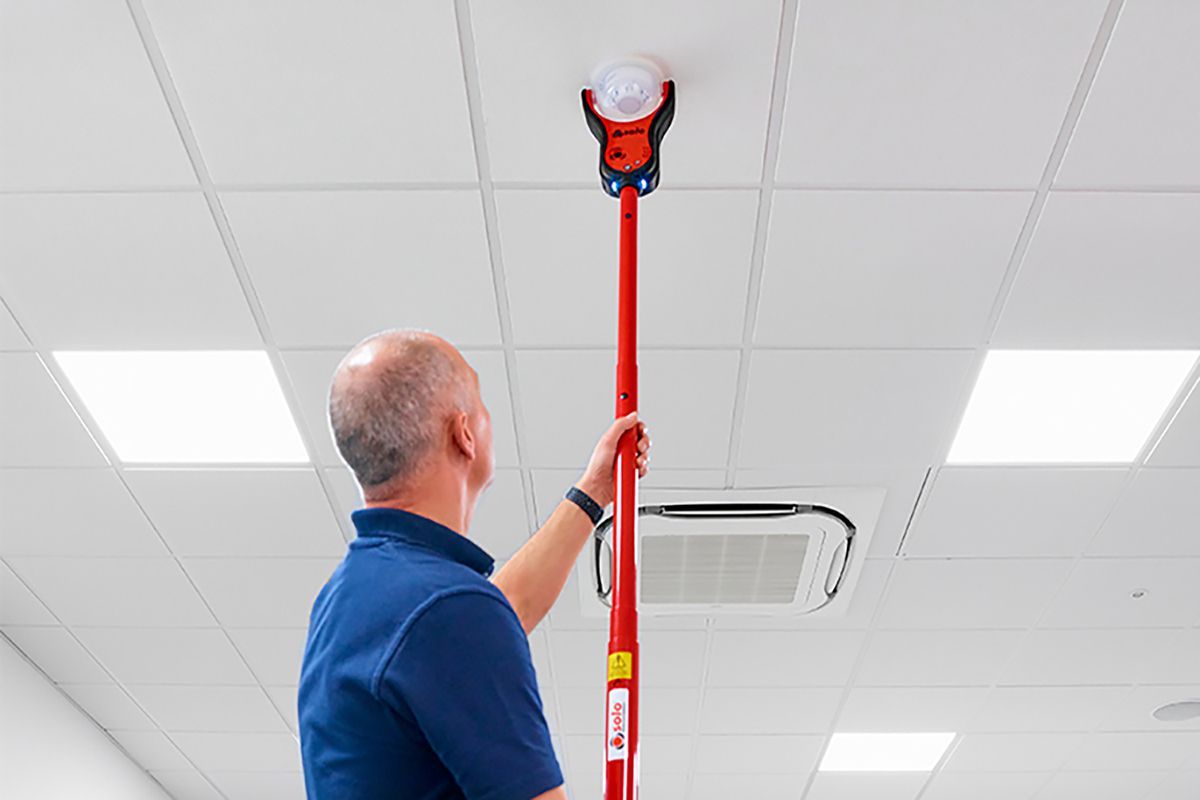
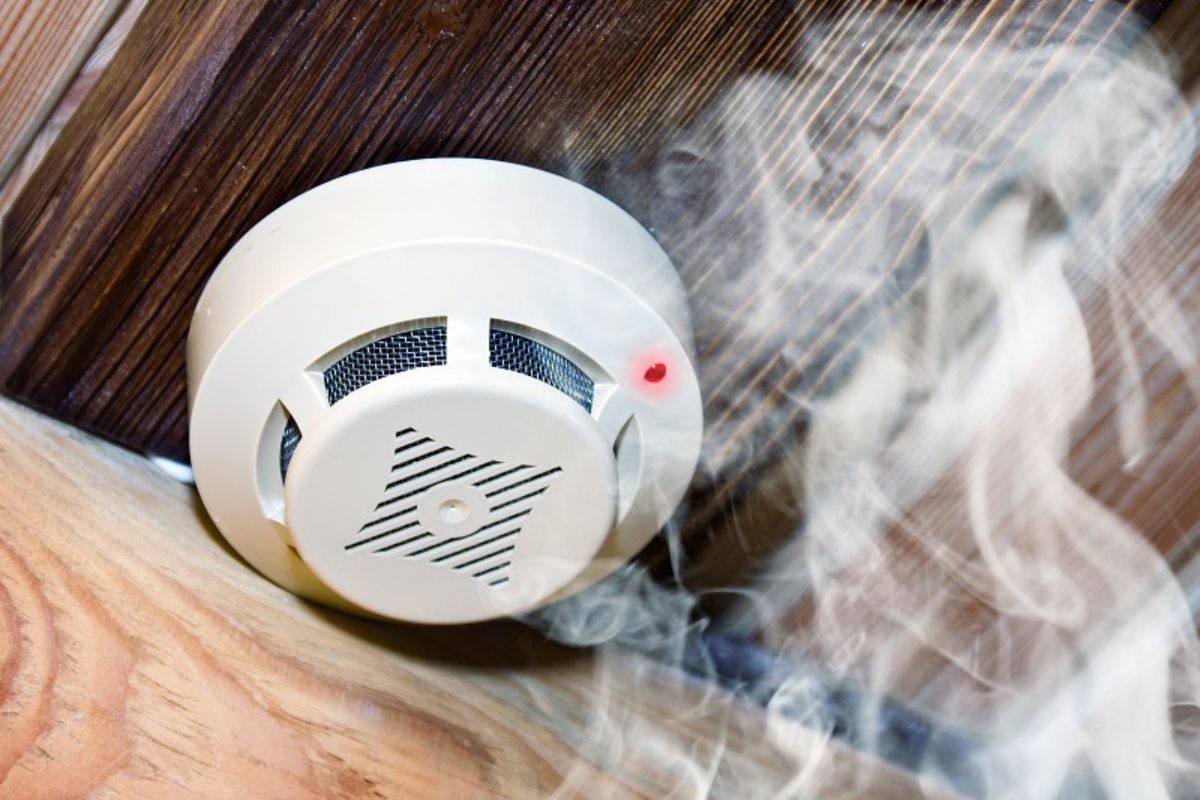
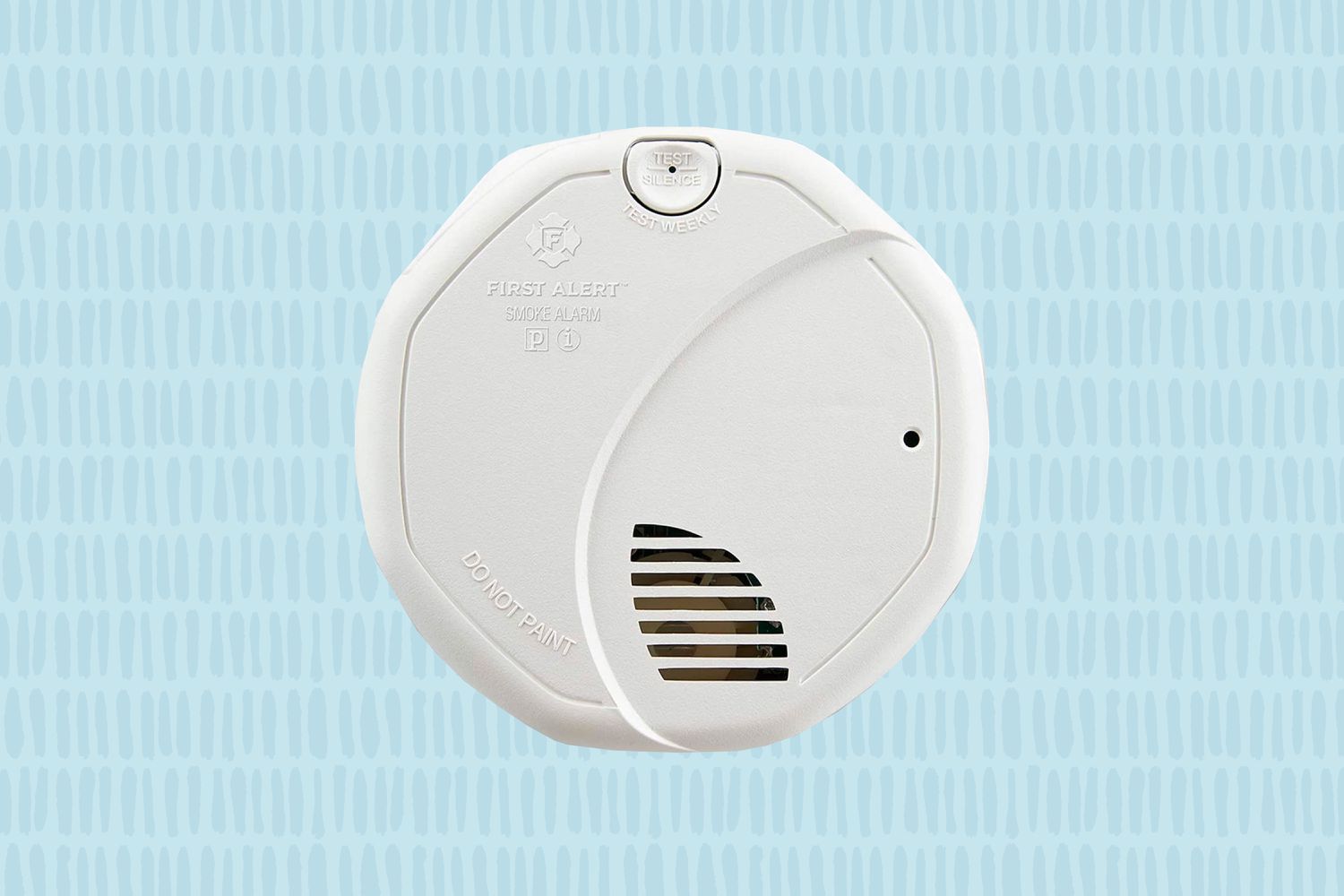
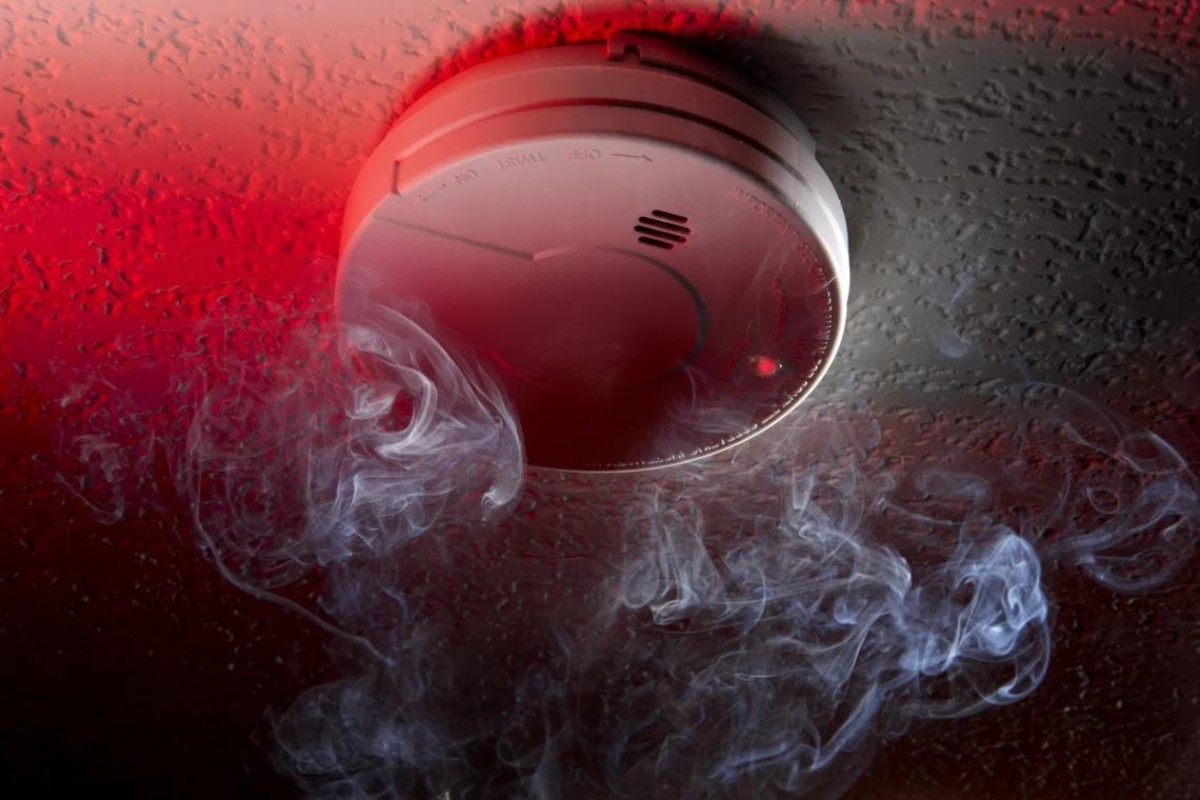
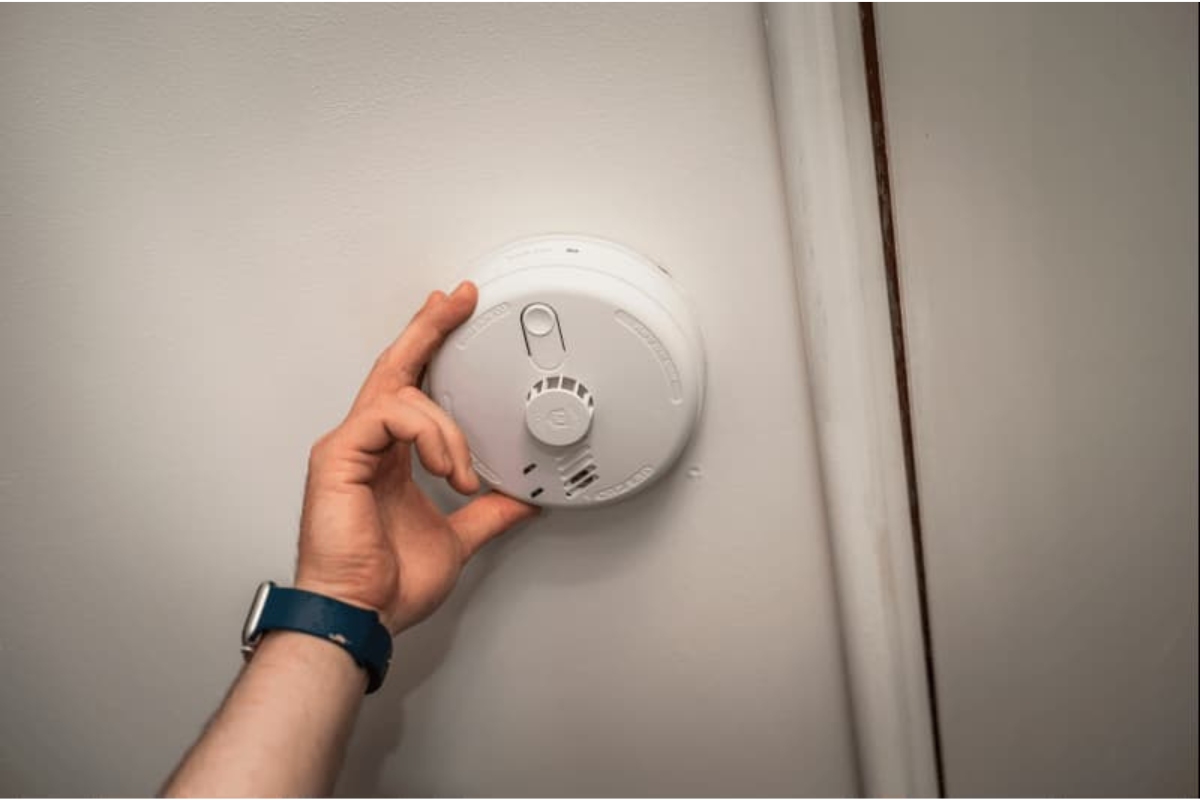
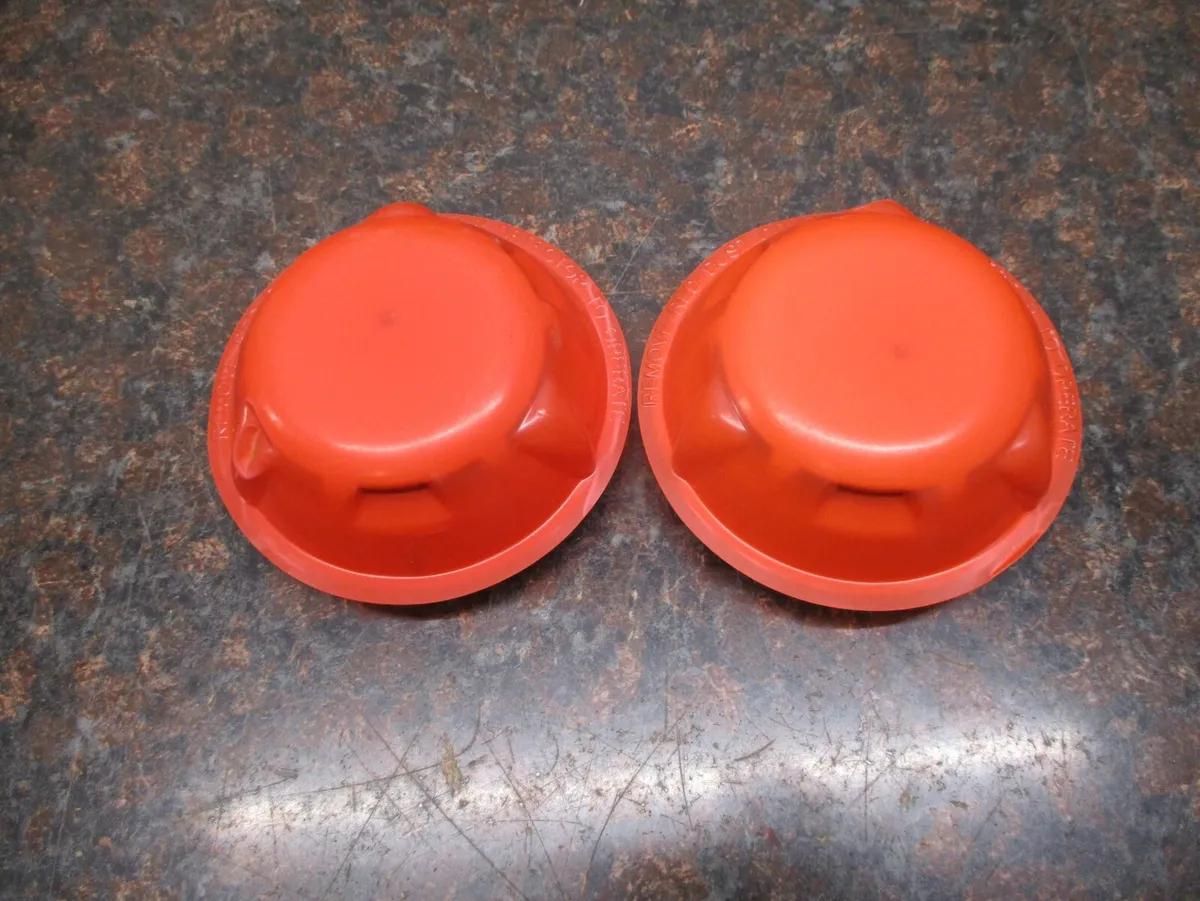
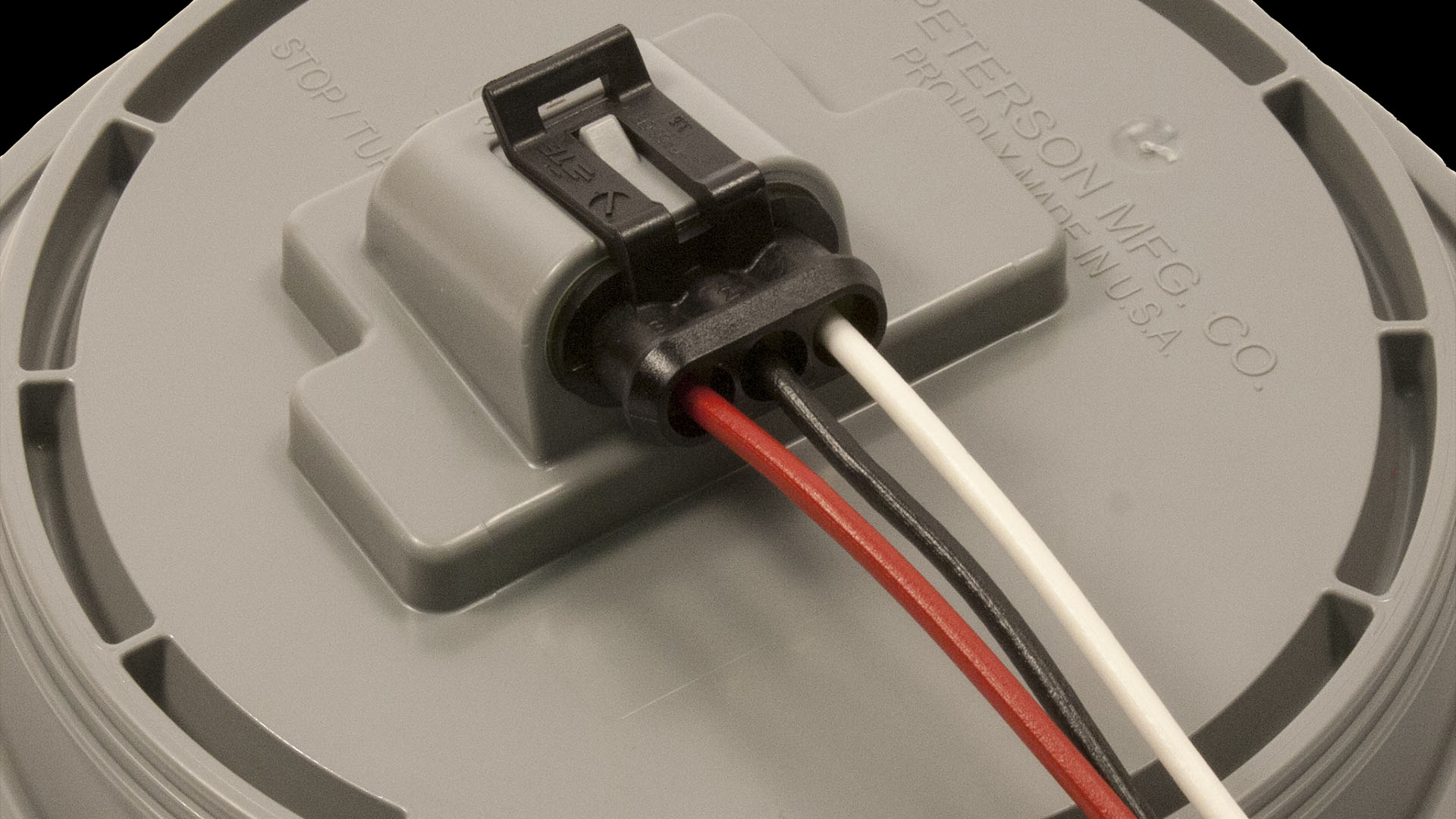
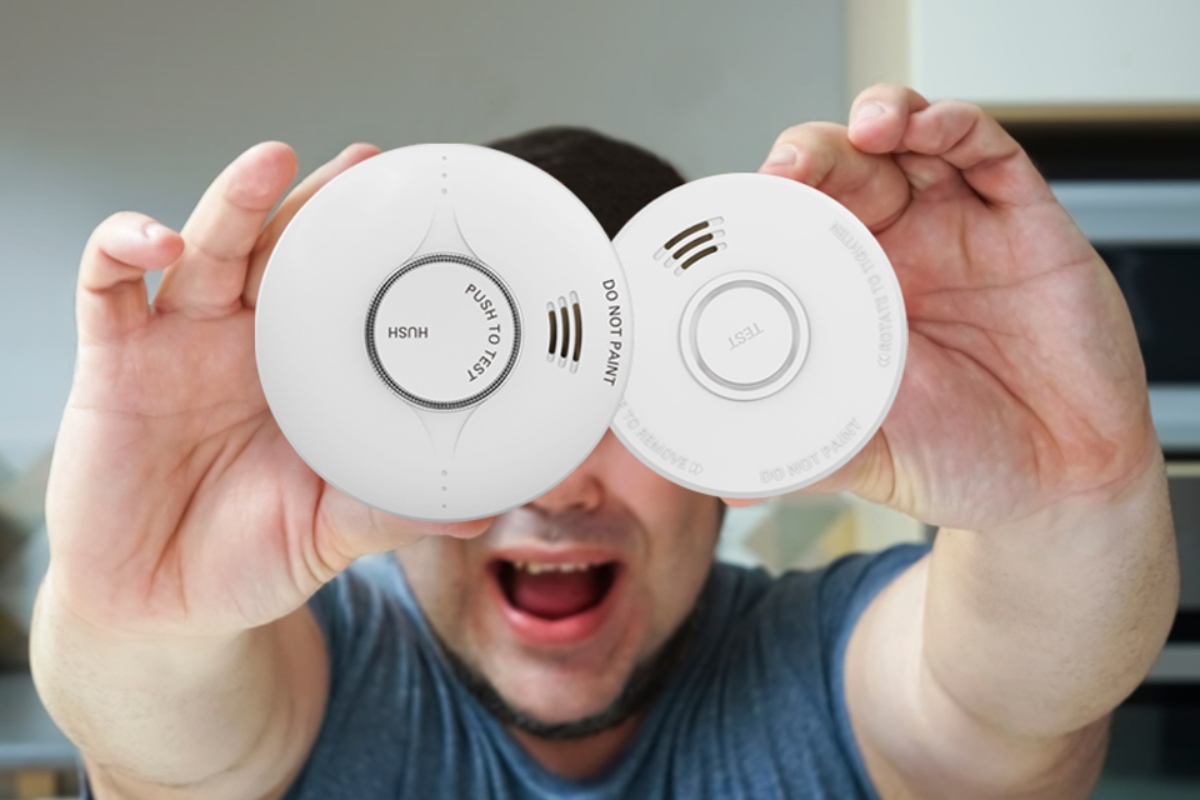

0 thoughts on “How To Tell If A Smoke Detector Is Defective”